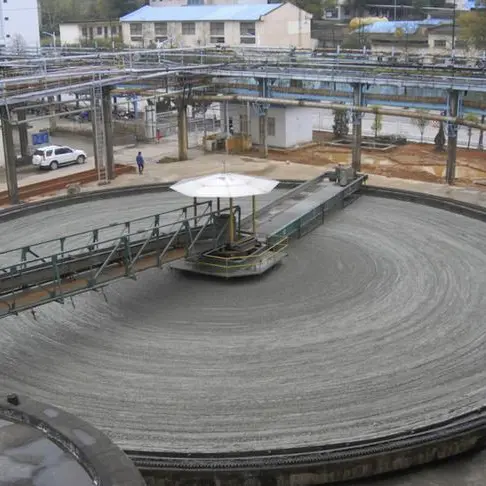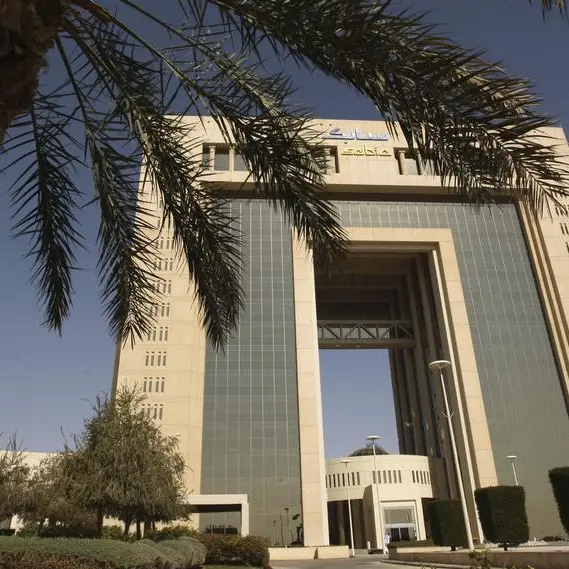LONDON- Iran's oil storage on land and at sea is on the rise as U.S. sanctions on exports bite and Tehran battles to keep its ageing fields operational and crude flowing, according to data and industry sources.
Washington announced in May the end of sanctions waivers for foreign countries importing Iranian oil, hitting Tehran's biggest source of income.
With creaking infrastructure and an ageing fleet of ships due to increasing isolation from much of the world, Iran will need to park unsold stocks of oil until it can find buyers.
It is vital for Tehran to keep oil flowing as any disruption would damage its future activities due to the high costs and complexities of restarting production.
Data from Kayrros, a company which tracks oil flows, showed onshore storage in Iran was 46.1 million barrels, from total capacity of 73 million barrels, its highest since mid January.
Iranian oil exports fell in May to 500,000 barrels per day (bpd) or lower, more than half the level seen in April, according to tanker data and industry sources.
Data based on AIS tracking by shipping intelligence platform MarineTraffic showed 16 Iranian tankers, holding some 20 million barrels, were estimated to be used for floating storage after being stationary between two to four weeks.
Ten of those tankers with nearly 11 million barrels had been stationary for four weeks.
This compared with 12 Iranian tankers holding at least 13 million barrels of oil in March, which had been stationary from two to four weeks, MarineTraffic data showed.
Sources told Reuters in March that Iran was looking to bolster its fleet through discreet purchases of second hand tankers after discussions for new ships stalled, leaving Tehran with fewer options.
While Iran could try and charter tankers from the international market, the growing dragnet of sanctions, lack of insurance and financing mean few shipping companies would want to breach the restrictions imposed by Washington given fears of heavy fines or being cut off from the U.S. financial system.
SWITCHING OFF TRANSPONDERS
Shipbroker Gibson estimated eight Iranian supertankers, each capable of holding 2 million barrels, were being used to store oil plus two further ships, which were not Iranian.
"Apart from these vessels, of late there is indeed a rising trend of more Iranian tankers switching off their AIS trackers," said Svetlana Lobaciova, senior market analyst with Gibson.
"However, at this stage we can not say with any degree of certainty whether these units are simply sitting empty or storing or continuing to trade."
Analytics company GlobalData said Iran had planned investment of around $900 million in capacity additions on new build storage projects between 2019 to 2023.
Iran plans to increase storage capacity from 69.1 million barrels in 2019 to 79.9 million barrels in 2023 at an average annual growth rate of 3.6%, according to GlobalData estimates.
Other analysts say however that Iran is likely to struggle with expansion projects due in part to budgetary constraints.
"Iran's oil storage at the moment is finite and only slowly expanding. Ultimately, it is a dilemma that they have to sort out," said Farzin Nadimi, associate fellow with the Washington Institute for Near East Policy think-tank.
"There are projects - some of them are ambitious including underwater storage projects – but none of them will be ready in time."
Analysts have estimated that over 50 percent of Iran's oil production comes from fields that are over 50 years old with billions of dollars needed to develop additional capacity.
"Iran has been using storage facilities in China, and could also try using storage facilities in neighbouring Oman for example. However, if the U.S. targets such external storage options with sanctions, it will create serious problems and infuriate Iran," Nadimi said.
(Editing by David Evans) ((jonathan.saul@thomsonreuters.com; + 44 207 542 4357 ; Reuters Messaging: jonathan.saul.thomsonreuters.com@reuters.net))











